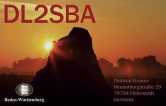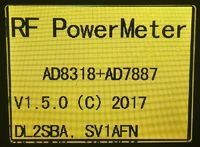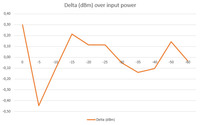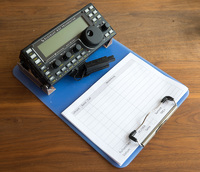I've created a new firmware for the hamware AT-515 tuner.
Please check a detailled description in this manual (currently German only)
*** The RAW-Mode for the interface is no longer supported ***
Some parts are available at cost price. Please check here.






